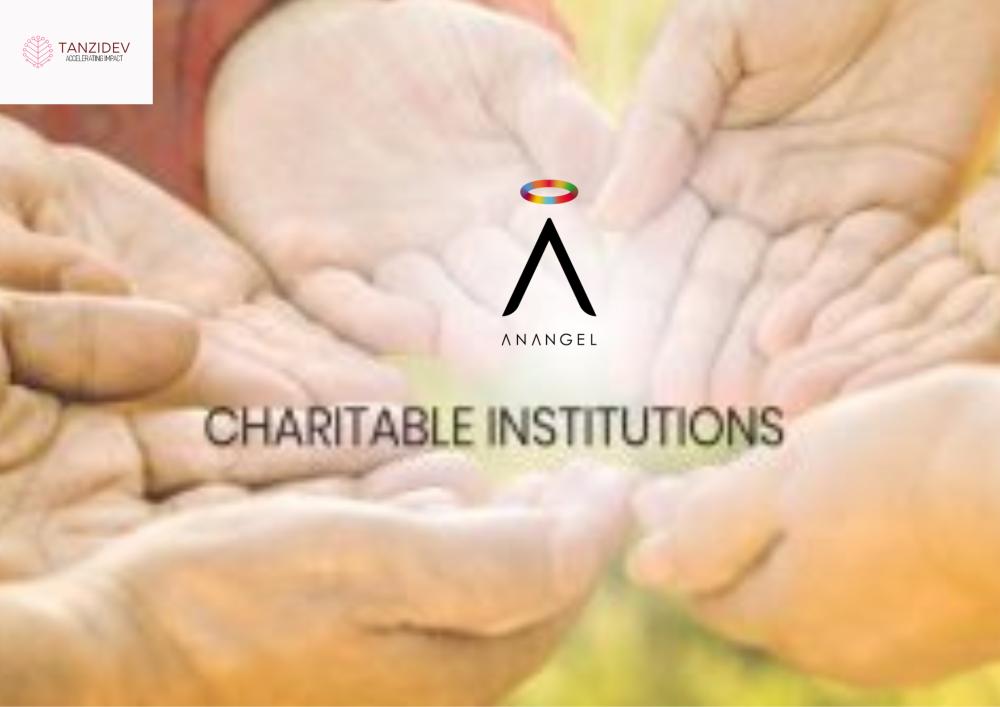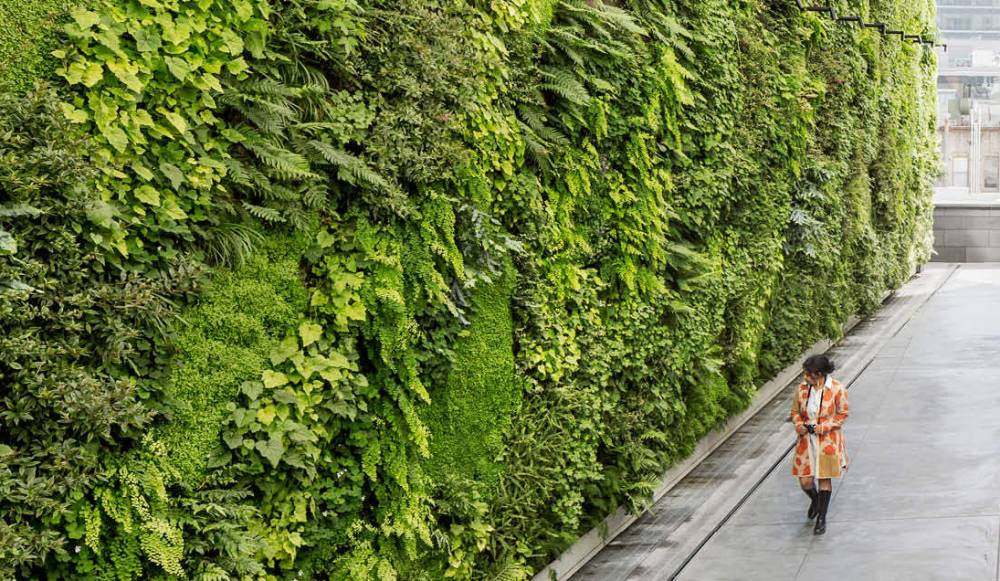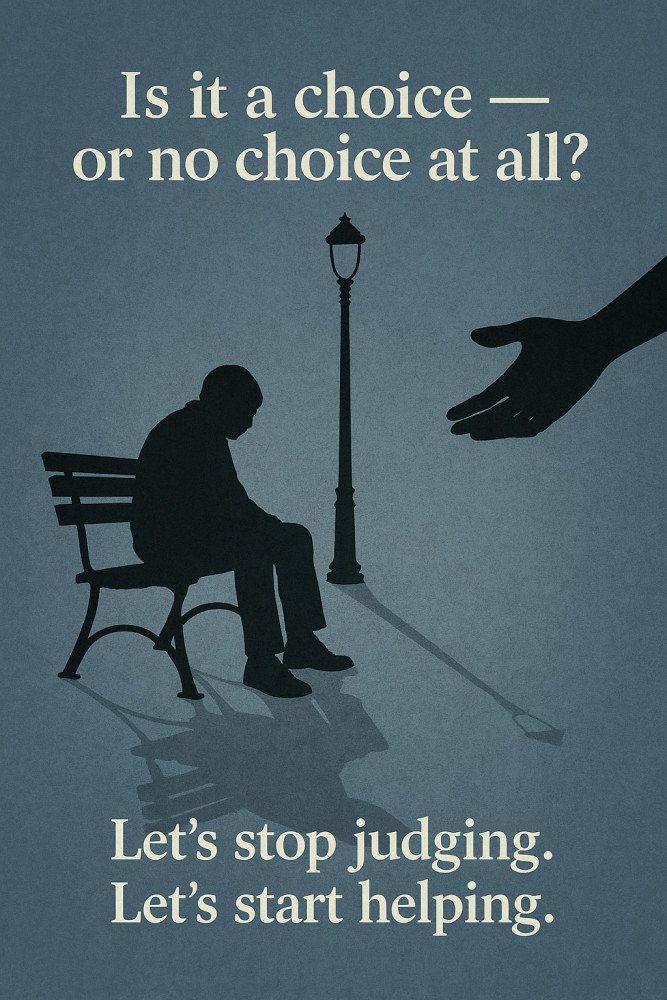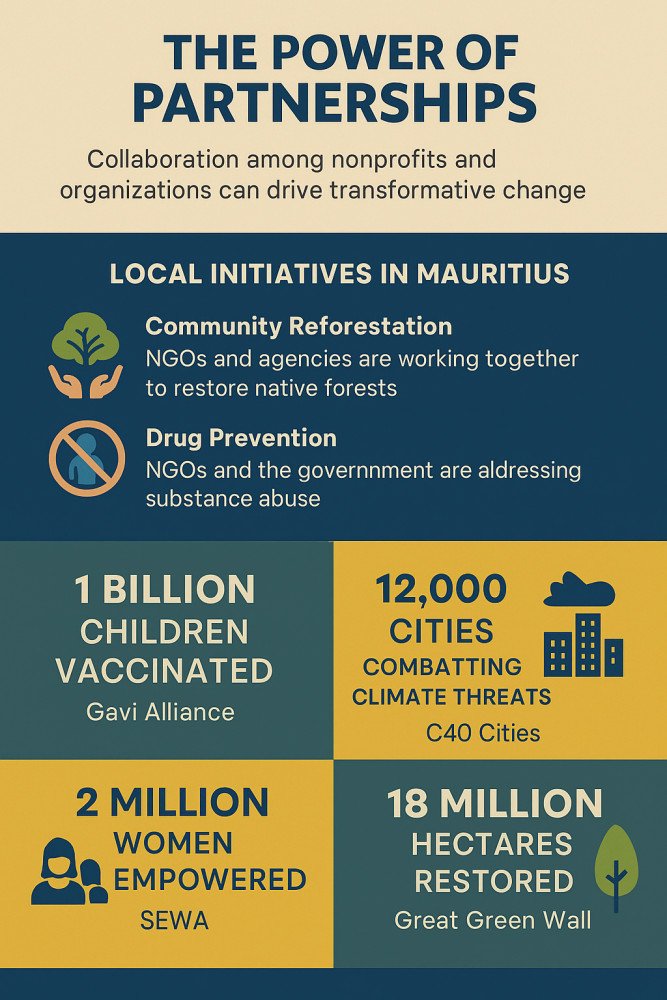

Embracing Green Infrastructure: The Rise of Green Walls and Green Roofs in Mauritius"
Mauritius, known for its stunning landscapes and biodiversity, is taking a step towards sustainable urban development by embracing green infrastructure. Green walls and green roofs are becoming increasingly popular in the country, not only for their aesthetic appeal but also for their environmental benefits. In this blog post, we will explore the concept of green walls and green roofs, their advantages, and how they are making a positive impact in Mauritius.
Green Walls: Bringing Nature to Urban Spaces
Green walls, also known as living walls or vertical gardens, are vertical structures covered with vegetation. These installations transform plain walls into lush, vibrant surfaces that offer numerous advantages:
Enhancing Air Quality:
In urban areas, air pollution is a growing concern. Green walls act as natural air filters, absorbing harmful pollutants and releasing oxygen. Research suggests that a single square meter of green wall can remove up to 1.5 kilograms of pollutants annually.
Improving Energy Efficiency:
Green walls provide insulation, reducing the need for excessive air conditioning in buildings. They act as a barrier against heat, keeping indoor temperatures cooler during hot summer months. Studies indicate that green walls can reduce energy consumption for cooling by up to 25%.
Biodiversity Conservation:
Mauritius is home to unique flora and fauna. Green walls provide a habitat for plants, insects, and birds, promoting biodiversity in urban areas. The integration of native plant species ensures the preservation of local ecosystems.
Green Roofs: Sustainable Urban Oasis
Green roofs, also called living roofs or rooftop gardens, involve the cultivation of vegetation on the roofs of buildings. Let's explore their benefits:
Stormwater Management:
Mauritius experiences heavy rainfall at times, leading to issues like soil erosion and flash floods. Green roofs absorb rainwater, reducing runoff and alleviating pressure on drainage systems. They can retain up to 70% of rainfall, reducing the strain on water management infrastructure.
Urban Heat Island Effect Mitigation:
Urban areas tend to trap heat, creating what is known as the urban heat island effect. Green roofs help combat this by absorbing solar radiation and cooling the surrounding environment. They can lower rooftop temperatures by up to 30°C, improving overall urban climate.
Recreational Spaces and Aesthetic Appeal:
Green roofs provide residents with additional recreational spaces, creating serene environments for relaxation and social interaction. The lush greenery adds beauty to the cityscape and enhances the visual appeal of buildings.
Mauritius: Embracing Green Infrastructure
Mauritius is making commendable progress in adopting green walls and green roofs:
The government has introduced initiatives to incentivize the installation of green infrastructure, offering tax breaks and subsidies for buildings incorporating such features.
Several hotels, resorts, and commercial buildings in Mauritius have already implemented green walls and green roofs. For example, a luxury hotel in Port Louis recently installed a green wall spanning 300 square meters, creating a green oasis in the heart of the city.
Collaborations between architects, landscape designers, and environmental organizations are driving awareness and knowledge-sharing about green infrastructure.
Conclusion:
Green walls and green roofs offer immense potential for sustainable urban development in Mauritius. By improving air quality, managing stormwater, reducing energy consumption, and enhancing biodiversity, these green installations contribute to a healthier and more livable environment. As Mauritius continues to embrace green infrastructure, it sets a remarkable example for other countries seeking to create sustainable and resilient cities.
Remember, every green wall and green roof counts in the journey towards a greener and more sustainable future!


